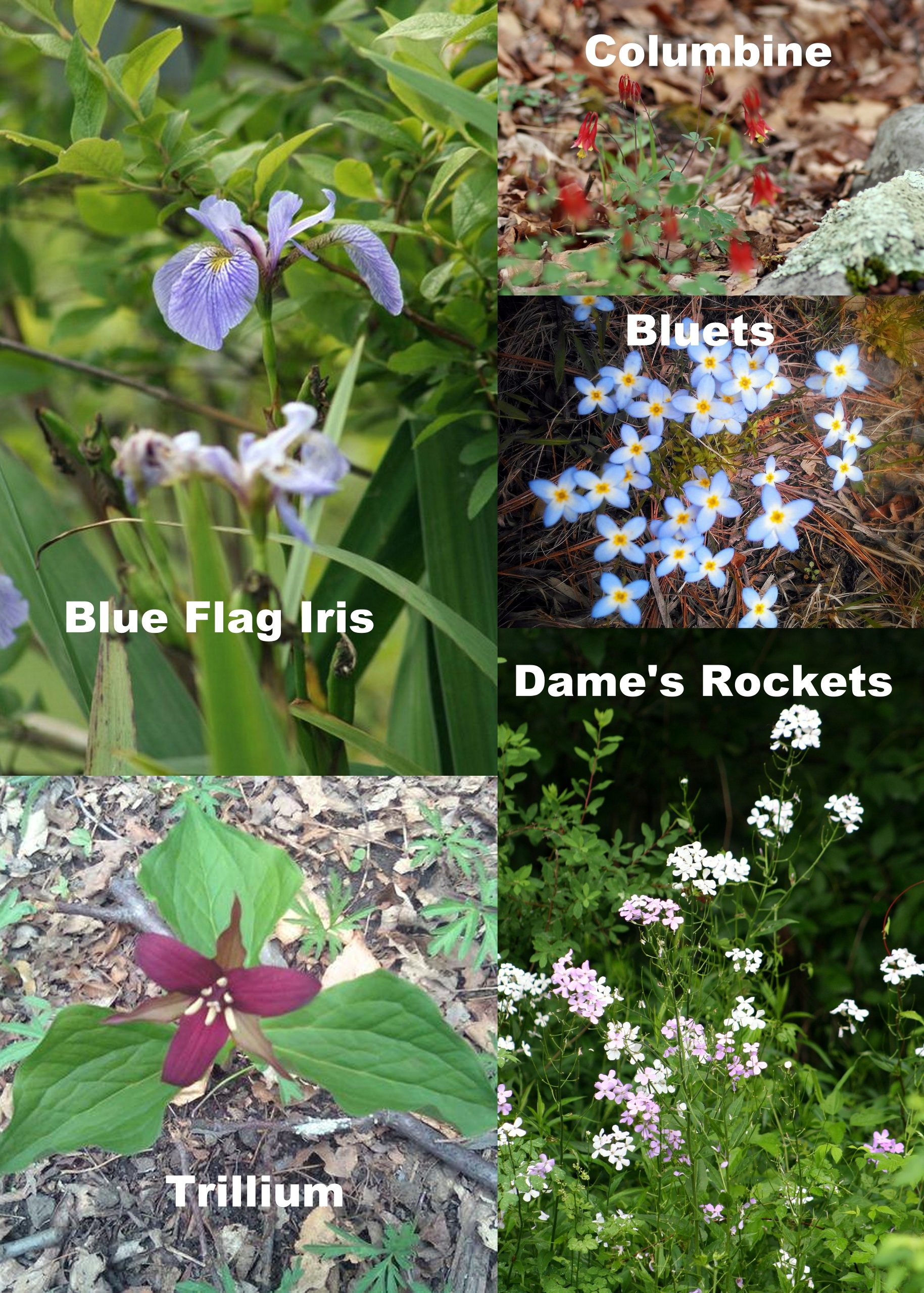By Bill Deaton-williamjdeaton@yahoo.com
April in Northeastern Pennsylvania marks the return of wildflowers to the area. Some are tiny, plentiful, and somewhat undramatic such as the Bluet (aka Houstonia) while others are large, rare, and flashy like the Red Trillium (aka the Wake-Robin, Trillium Erectus.)
Red Trillium are elusive and only pop for a short period. However, at close to 16-inches high and almost a foot in diameter, they are hard to miss when in bloom but only grow in specific locales. Bluets, on the other hand, are delicate little flowers known to hug the ground, light in color, and typically plentiful. These two seemingly very opposite flowers share one great denominator. Both are solid heralds of spring.
Rue Anemone, various Violets, Fringed Polygala, and several species of Phlox also show up early in the spring and are commonly discovered, while Red Columbine, Dames’ Rockets, and numerous lilies tend to arrive later in the month and in early May. Several excellent venues to view the floral pageantry can be found in the Lake Region.
- Prompton State Park, especially in the northeast part of the park along the Lackawaxen River, is a treasure trove of plants including Trillium, Forget-Me-Nots, Bee Balm, Bluets, Lilies, and many more. While some of these flowers pop later in the season, the Trillium come early and go rapidly.
- Bruce Lake Natural Area in the Delaware State Forest also boasts a bunch of flora to find. Follow the Egypt Meadow Lake Trail early to find the Trillium. Violets, Bluets, and Rue Anemone are abundant along the dam. Iris, Mountain Laurel and Rhododendron arrive later in the spring.
- In the Bender/Black Bear Swamp Natural Area, Tobyhanna State Park, Skunk Cabbage and an assortment of wetland plants are at home here. Later in April the Serviceberry Trees blossom in other parts of the park.
- At the Dorflinger-Suydam Wildlife Sanctuary, most varieties of common spring flowers can be found throughout the wooded trails. As the summer approaches, more varieties blossom in the fields, many of which like milkweed, tend to attract butterflies.
In most cases, finding flowers doesn’t require a massive trek, but be prepared for wet trails. Flower hunts tend to be good family activities as well especially if your party of adventurers likes to take frequent breaks. Take a camera and enjoy the scenery!


